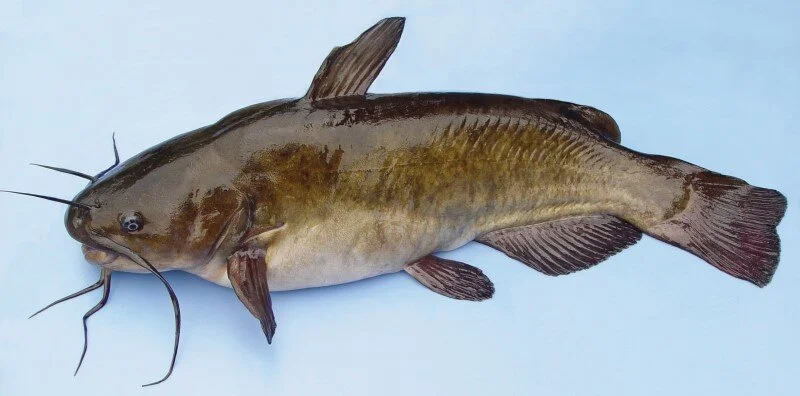
BLOG
Dylan Tuttle Proves Age is Just a Number
At 6 and a half years old, Dylan has done more for the community than many adults. With the help of his mom, Meaghan, he regularly organizes community cleanups around his neighborhood of Fort Washington. He advocates for recycling. He gardens. He’s curious about the world around him, and together with his family, they research ways to put his passion for being green to work.
An Interview With Dylan
What made you want to do a trash cleanup?
I really like animals, so I wanted to keep them healthy. So I clean up as much trash as I can.
What are your favorite animals that live in Prince George’s County?
I like grey squirrels. My sister and I are also obsessed with deer. And there are a lot of bald eagles and turkey vultures that have been coming around recently.
What do you need to clean up trash?
You need grabbers, trash bags, and a plan to where you are going to go.
Do you do any gardening?
Yes, I garden and plant with my family. I love blueberries, cucumbers, and pumpkins best (for pumpkin pie). This year we planted a pollinator garden to attract hummingbirds. I really want to see a hummingbird, I’ve never seen one before.
What is a pollinator garden?
A pollinator garden has a lot of flowers for hummingbirds, bees, wasps, ants, butterflies, and moths, But not Kinkajou because they aren’t native to our habitat. A garden for bees is very important because they protect the flowers and help them grow. I learned all about bees when I went to my aunties bee hive!
Hear Dylan and his sister talk about their experience at the beehive!
Do you have any fun facts about bees?
Worker bees can only sting once! That’s why there are always reinforcements. And in the winter, hives kick out the drones (males) and close up the holes in the beehives to keep warm.
What are other places you learn about the environment?
My favorite show to watch is The Wild Kratts. We love the NatGeo series on Disney+. I also get books from the library, like Jerry Pallotta’s “Who Would Win?” series. We love podcasts, like But Why, Wow in the World, Smash Boom Best, and Cool Facts About Animals.
We also have our own podcast! It’s called “What Are You?”. We have a color spinner and it has different animals. Each week we spin and land on an animal. Then we watch a documentary (usually on YouTube) and go to the library to learn about the animal.
What are your favorite places to go in your neighborhood?
We go to Huntley Meadows Park, Captain’s Cove Park, and Fort Washington Park. We also go to the National Zoo and National Aquarium to see the animals we learn about!
Dylan is a brilliant, inquisitive kid, and we love talking to him–but we also wanted to hear from his mom, who works hard to encourage Dylan and his siblings to embrace their curiosity!
Meaghans’ Tips for Parents
As you can tell, Dylan’s mom works hard to encourage Dylan’s love of learning. When Dylan discovered his passion for all things environmental young, she gave him the support he needed to learn and grow his passion. Here are three tips she gave us for parents of kids who want to learn about, and help, our environment:
Get outside! This is especially important in the era of virtual schooling. Meaghan takes Dylan and his siblings to local parks to explore, and on longer day trips to national parks and outdoor sights. It helps the kids work off some energy, and learn about the world around them in a hands-on setting. At home, they embrace nature in their garden.
Take advantage of the library! The local library keeps the Tuttle’s supplied with books, movies, and more, as well as hosting events virtually. The resources are all free, and green–since they are all shared within the community, rather and used and discarded!
Let your kids lead the way! Dylan found a fascination with animals early on, and Meaghan gave him the support, information, and encouragement to pursue his passion. When Dylan wanted to start cleaning up parks, Meaghan gathered the supplies, friends, and information needed to do so safely. Her backing of Dylan’s ideas and goals has kept her family learning about and working for the environment.
Other Resources for Parents and Kids
The Prince George’s County Department of Parks and Recreation
The Environmental Protection Agency (EPA)
The World Wildlife Fund (WWF)
Bill Walmsley Made a Difference (and So Can You)
Sometimes, you just have to do a job yourself. That’s what Bill Walmsley did when he saw that his local wetlands were full of trash. So with garbage bags and a trash picker, he started to clean.
Sometimes, you just have to do a job yourself. That’s what Bill Walmsley did when he saw that his local wetlands were full of trash. So with garbage bags and a trash picker, he started to clean.
Bill was battling centuries of heavy pollution and litter. The Patuxent River basin is 900 square miles, covering much of the area between Baltimore and Washington DC. Consequently, urban sprawl has caused the health of the river and its surrounding wetlands to suffer. Despite the history of pollution in the area, the watershed is home to many resilient and unique species. But who knows how long the creatures of the river will hold out—two-thirds of the brown bullhead catfish, an environmental indicator species, have tumors.
Bill wanted to do something for them—the catfish, the river otters, the osprey. So he spent his weekends cleaning their home.
Most people don’t think about what happens to the trash on the side of a highway, or along a walking trail. But when it rains, that trash gets caught in the runoff and ends up in our wetlands, rivers, and bays. Eventually, it ends up in our oceans. Bill thinks about this—so he broke the chain. He started picking up the trash along the trail he walks his dog on every day. He eventually officially adopted the trail—although he goes above and beyond what is required of him.
Around 2012, he began recording how much trash he picked up on his daily walks.
Now, in 2021, Bill Walmsley has picked up over 6,000 pounds of garbage from the wetlands and trail. That is roughly the size of 5 grizzly bears, or half an elephant. In 2020 alone he picked up 975 pounds of trash (a 15% increase from the year before).
That’s a 6,000 pound burden that the creatures of the Patuxent are relieved of.
It’s incredible talking to Bill. His passion for the natural world is forceful. He cares deeply for his trail and its wetlands, and his love has resulted in action. He shared some no-nonsense rules with us.
Stop littering.
When you see litter, pick it up.
Clean up after your dog. (Fecal waste contaminates the water.)
Do something for the Earth on Earth Day.
Don’t wait for someone else to take action. Grab a trash bag and start a cleanup yourself.
Shop responsibly. You don’t need plastic bags. You probably don’t even need a receipt.
Whenever possible, avoid individually packaged food.
Start a garden.
The wetlands and trail Bill loves so dearly have seen marked improvement since he first took up his one-man crusade. It’s still an uphill battle—one man’s battle against many people’s carelessness—but Bill has made a big difference in the lives of the Patuxent’s wildlife.
Bill’s story is a lesson in choices. Are you going to be someone who dumps garbage on the side of the road, and tosses bottles in the river? Or are you going to be like Bill and take responsibility for our collective actions and works to undo the damage?
Grab a garbage bag and a trash picker. We have a lot of work to do.








